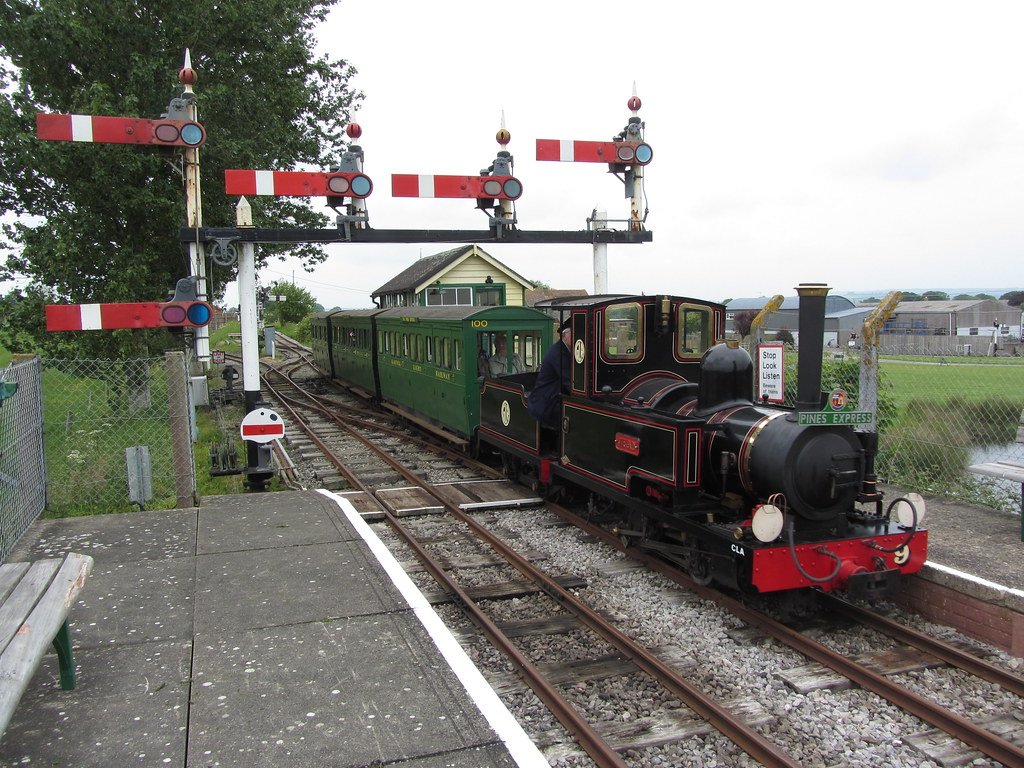
The Ambarawa Railway Museum traces its roots to the colonial period of the Dutch East Indies. Originally known as Willem I Station, it was constructed on 21 May 1873 under the directive of Governor-General L. A. J. Baron Sloet van de Beele. The station was strategically built to facilitate the movement of Royal Netherlands East Indies Army (KNIL) troops between Semarang and Magelang. Its location near Fort Willem I emphasized its military significance during the Dutch colonial administration.
Willem I Station served as a vital transshipment point between two railway gauges: the standard gauge (1,435 mm) from Kedungjati and the narrow gauge (1,067 mm) line toward Yogyakarta. This dual-gauge setup made Ambarawa a key junction in Java’s railway network. The station was part of a larger railway expansion by the Nederlandsch-Indische Spoorweg Maatschappij (NIS), which completed the Kedungjati–Bringin–Tuntang–Ambarawa line in 1873.
By the 1970s, the railway lines serving Ambarawa saw declining usage due to improved road infrastructure and natural disasters like earthquakes. On 8 April 1976, the station was officially closed and repurposed as a museum. The Ambarawa Railway Museum was inaugurated on 6 October 1976 by Governor Supardjo Rustam, with the aim of preserving Indonesia’s railway heritage.
The museum houses 26 steam locomotives, many of which were acquired from various railway companies of the Dutch East Indies and preserved by the Department of Railways of the Republic of Indonesia (DKA). Notable among them are the Esslingen B25 rack locomotives, the Hanomag B51 compound steam engine, and the Mogul Hartmann C1218. These locomotives represent engineering marvels of their time and are displayed alongside antique railway equipment such as telegraphs, bells, and furniture.
Today, the museum offers heritage train rides on restored rack railway lines, including the scenic Ambarawa–Bedono route. These excursions allow visitors to experience the steep gradients and mountainous terrain once navigated by steam locomotives. The museum has become a cultural landmark, blending historical preservation with tourism, and continues to educate the public about Indonesia’s rich railway legacy.
This historical summary was generated using AI and is based on verified sources, including the Wikipedia entry for the Ambarawa Railway Museum.